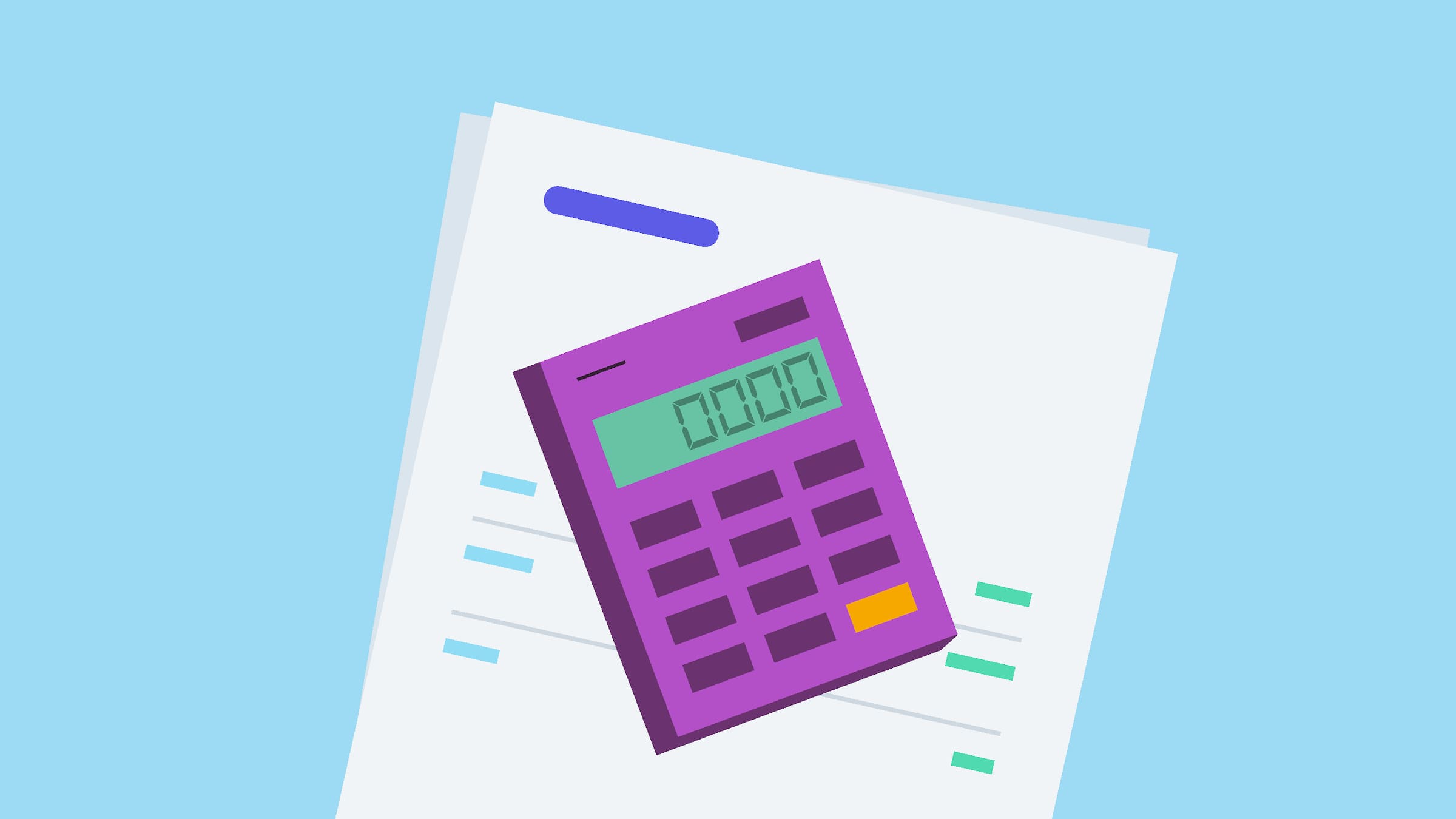How to calculate GST in Australia
If you’re a GST-registered business, you must add GST to your prices and issue GST invoices. Here’s how.

Published Monday 06 September 2021
How is GST calculated?
The GST calculation formula is straightforward: you need to put your prices up by 10%. There’s a simple formula for doing this:
Let’s say you sell mattresses for $200 each. To calculate GST-inclusive pricing, multiply $200 by 1.1 = $220. This is the total amount you’d charge your customers, and put on their invoices.
But don’t add this 10% to GST-free products or services you sell, such as basic food, medicine, or educational materials. You can check GST-free items on this ATO page.
How to find GST in a total price
Since you can reclaim the GST on your business expenses, you’ll want the ability to calculate GST from a total price. This ‘reverse calculation’ is simple:
GST = (total price including GST) / 11
How to reverse-calculate GST
1. Identify the total price of the item
Let’s say you’d like to buy a staple gun for a total price of $50 and want to know how much GST you can claim as a refund from the ATO. This is your starting point.
2. Apply the GST formula
(Total price including GST) / 11 = GST
$50 / 11 = $4.55
3. Calculate excluding GST
You can reclaim $4.55 GST as a refund.
To calculate the GST-exclusive pricing, subtract that amount from the total price:
$50 – $4.55 = $45.45
The best time to calculate GST
Although the best time depends on your business’s reporting and payment schedule, here are typical times when you should calculate GST.
At the point of sale
Calculate GST whenever you make a sale, so you can include the tax in the price you charge the customer.
Before lodging your activity statements
Calculate the total GST you collected on sales and the GST you paid on business purchases before sending each activity statement to the ATO. Do this quarterly or monthly, depending on your business’s reporting period. There are more details on the ATO’s website.
When creating tax invoices
A tax invoice tells a customer how much GST they paid on a purchase. Customers like tax invoices because they might be able to claim the GST back.
Double-check everything before sending a GST invoice. It’s also worth using accounting software to streamline the process and to help make sure your calculations are correct. This is how GST works in Xero.
Tax invoice example
At the end of a reporting period
Calculate the GST you owe – or are owed – based on the difference between the GST you collected from your customers and the GST you paid on purchases for that period. This is part of your reporting process at the end of the financial year (EOFY).
It’s worth getting professional advice from a bookkeeper or accountant on both your reporting and your business in general. Find an advisor.
During business purchases
Calculate the GST credits you can claim for business purchases at the time you make them, so your financial reports are more accurate and up to date.
Simplify GST calculations with Xero
Xero accounting software makes it easy to manage GST as you go, to save time and simplify your reporting:
- Automate GST calculations for accurate reporting
- Prepare and lodge your BAS directly to the ATO
- Securely store your business information in one place, so there’s no need to switch between systems
Disclaimer
Xero does not provide accounting, tax, business or legal advice. This guide has been provided for information purposes only. You should consult your own professional advisors for advice directly relating to your business or before taking action in relation to any of the content provided.
GST and BAS Guide For Business
Making a start with GST and BAS? Don’t worry. It’s a little extra admin, but this guide will help you get sorted.
- What is GST?
You’ve probably heard about GST – it stands for goods and services tax and is added to most prices in Australia.
- Registering for GST
Here's the essentials of GST in Australia – including how to register for GST, calculate it, and report it.
- Calculating GST and issuing tax invoices
If you’re a GST-registered business, you must add GST to your prices and issue GST invoices. Here’s how.
- Claiming back GST (and input tax credits)
GST-registered businesses can claim back the GST they pay on business expenses. Let’s learn how to claim it.
- Working out your GST refund or payment
Working out GST is simple maths. Keeping track of all your transactions is the tricky part. Let’s learn the process.
- What is BAS and how to lodge it
GST-registered businesses declare how much they’ve collected and paid by completing a business activity statement (BAS).
- Tools and guides for your business
Now you know the ins and outs of GST and BAS, but it can be tough to manage it all. Xero’s got the resources to help.
Download the GST Guide for Business
Get your GST sorted. Fill out the form to receive this guide as a PDF.
Now that you have your guide
Managing finances can feel overwhelming. With Xero’s powerful tools, small businesses can stay organised and confident.